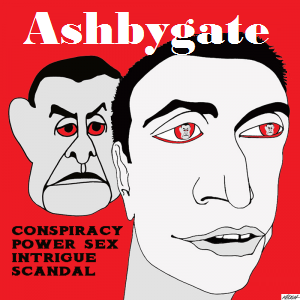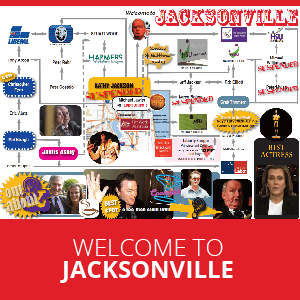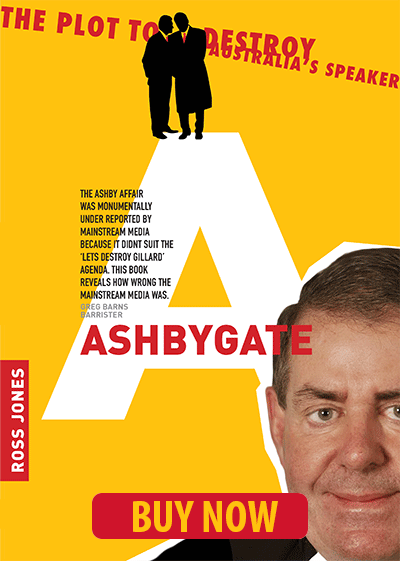While hailed as a model of fairness, compulsory voting may be breeding apathy instead, writes Dr Binoy Kampmark.
THERE HAS BEEN an insufferable degree of smugness of late in the chatting classes about Australia’s electoral system.
A special for the ABC produced by veteran journalist Annabel Crabb has done much to swell the heads of officials, politicians and pundits. But the production, called Civic Duty, has to be seen alongside a general sense of puffed-up worth on Australia’s singular compulsory voting system.
From the outset, the nature of the relationship between citizens (we might say subjects, given that Australia retains the British monarch as its head of state) and polity is made clear: you do not have a right to vote but an obligation to. Not doing so entails penalties and tribal disapproval.
Voting became compulsory in the Australian Commonwealth in 1924. The argument was a familiar one: people were simply not taking their electoral duties seriously enough. That voting was a right that might just as well be exercised by not voting was an argument few could fathom among the electoral moralists.
With the gains of the Labour Party in the December 1903 elections, significant enough to eventually see them form a short-lived minority government, there was grumbling from the explorer turned politician, Sir John Forrest.
Forrest blustered in March 1904:
“What we have now is government by minorities. The polling details of the December elections show that Australia is in the hands of minorities. That is all wrong.”
As only majorities should rule, the electors had to be taught a lesson for their irresponsibility of choice:
“If the people won’t use their voting privilege, then I think there should be compulsion.”
Dullness is the default position of the compulsory voting exercise and pundits are delighted with that fact. Extremists, the colourful and the idiosyncratic are whittled down by forcing people to the ballot box. Political theorist Anthoula Malkopoulou crows: “Compulsory voting is known as the great leveller.” It also dilutes right-wing populism, which the author thinks is most appropriate, implicitly suggesting that the left-wing variant might somehow survive. (It does not.)
Compulsory voting is therefore “preventive in that it structures the socio-political space in a manner that reduces the appeal of populist claims”.
A superb example of this celebration of the dull and drab in politics is supplied by Nick Dyrenfurth, executive director of the John Curtin Research Centre, and co-author Tony Shields. From the outset, their prejudice is thickly displayed: compulsory voting prevents the likes of Donald Trump from ever winning leadership, showing that democracy, if exercised correctly, can prevent certain types from getting in.
This political illiteracy is accompanied by the erroneous presumption that compulsory voting somehow ‘ensures that government reflects the whole community, not just the loudest or the wealthiest’. The authors never stop to consider what that reflection entails.
What becomes clear is that gamey flavour in politics is not something Australian political strategists, representatives or planners can cope with. It’s far better to have that sort of pungency boiled down to something reliable, stable and tolerable.
Dyrenfurth and Shields explain:
‘Compulsory voting also keeps parties anchored to the centre. To win, you must persuade a majority of voters, not merely fire up your base. Voluntary systems reward polarisation, as parties chase intensity over breadth. Our system rewards persuasion and compromise.’
Not true: the system indulges apathy from both the politician and the voter, only suggesting persuasion towards an argument. Ask most voters turning up on election day (and those increasingly doing their pre-poll) and you are bound to find little “breath” in terms of argument. In many cases, you are lucky to find any argument at all. Politics remains the preserve and industry of a small, solipsistic community of parties, whatever their stripe, and compulsory voting lends nothing to enlighten the general voter.
Which brings us then to the serious flaw in compulsory voting: that it never accounts for how informed the voter is. At polling booths and stations, the elector will encounter an avalanche of how-to-vote cards explaining why the party or candidate wishes you to vote in a certain way. Given that Australia also has a preferential system, this can prove critical, as a candidate may well win on the voting preferences of other, more like-minded contenders.
All of this is mighty fine when it comes to process, but it does nothing to tease out how knowledgeable the voter is. Ask any cohort of university students if they understand how many chambers make up Federal Parliament, let alone how many seats they are in each, and you are greeted with the embarrassed silence of failed civic education.
What comes to mind is a form of Pavlovian conditioning. Don’t go deeply into the reasons for engaging in a course of conduct: just do it.
This sentiment is well exemplified by Louise Rugendyke of the Fairfax press: Australians don’t really want to see how the famed “democracy sausage” is made when they turn up to vote; they just want to eat the wretched thing, assume they have done their duty and ‘not think about it for another three years’.
Dr Binoy Kampmark was a Cambridge Scholar and is a lecturer at RMIT University. You can follow Dr Kampmark on Twitter @BKampmark.
 This work is licensed under a Creative Commons Attribution-NonCommercial-NoDerivs 3.0 Australia License
This work is licensed under a Creative Commons Attribution-NonCommercial-NoDerivs 3.0 Australia License
Support independent journalism Subscribe to IA.














